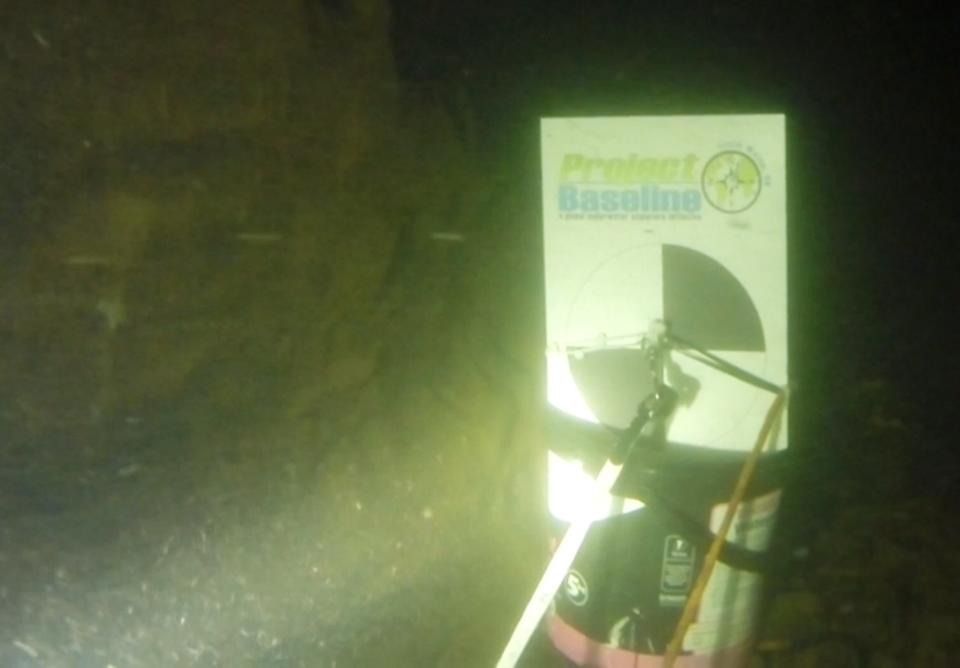christine
Active member
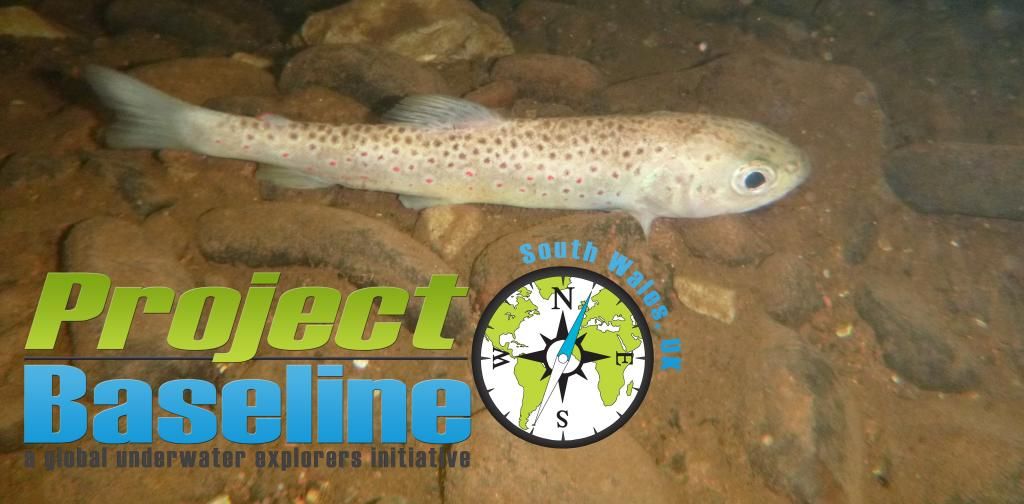
Hi Everyone
I am setting up a thread designated to Project Baseline, which aims to contain information about the project, discussions about Project Baseline and give volunteers a platform to engage with the project.
In this post, I will explain what the project is about and how we are implementing it in the UK.
Some of you may have heard my talk last year at Hidden Earth about Project Baseline - and we are now getting cavers and cave divers wanting to become involved in making observations at the project sites.
I appreciate that not everyone uses Facebook, so this may act as a platform for those who prefer to use a forum and PM system instead.
So, if you will, here is everything you need to know about Project Baseline
What is Project Baseline?
Project Baseline is an initiative set up by a not for profit organisation called Global Underwater Explorers (GUE).
http://www.globalunderwaterexplorers.org/.
GUE is committed to three organizational pillars: Education, Exploration, and Conservation.
The initiative was brought about by Dr Todd Kincaid in 2009, one of the founding members and exploration cave divers of Wakulla Springs, Florida.
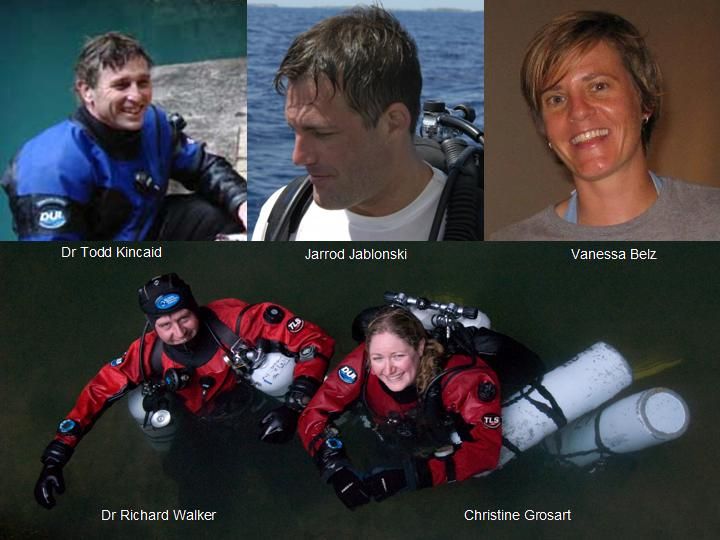
[size=8pt][size=8pt]Clockwise from top left: Dr Todd Kincaid, WKPP member and founder of Project Baseline. Jarrod Jablonski, founder of Global Underwater Explorers and WKPP exploratory diver. Vanessa Belz, Project Baseline manager. Dr Richard Walker (CDG/GUE technical training director) and Christine Grosart (CDG/GUE), Project Managers for Project Baseline South Wales Caves. [/size]
He was often hearing tales of this 'pristine' spring from people who had visited decades before and people visiting today were still describing the same spring as pristine. But it was obvious from photographic data that something had changed.
A green algae now seemed to plague the site and vizibility appeared to have been reduced.
Comparing photographs seemed to be the only way of evidencing the change in water quality.
[/size]
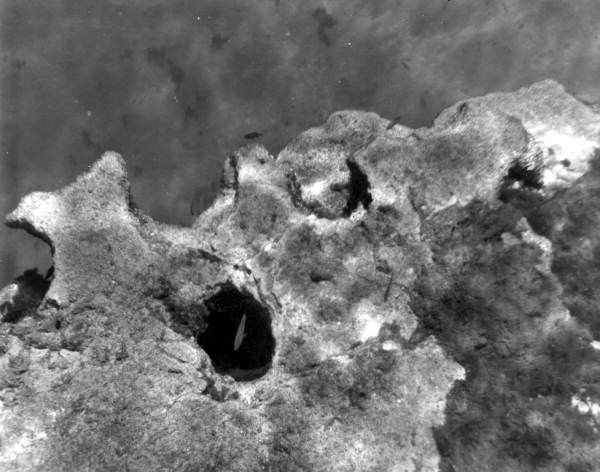
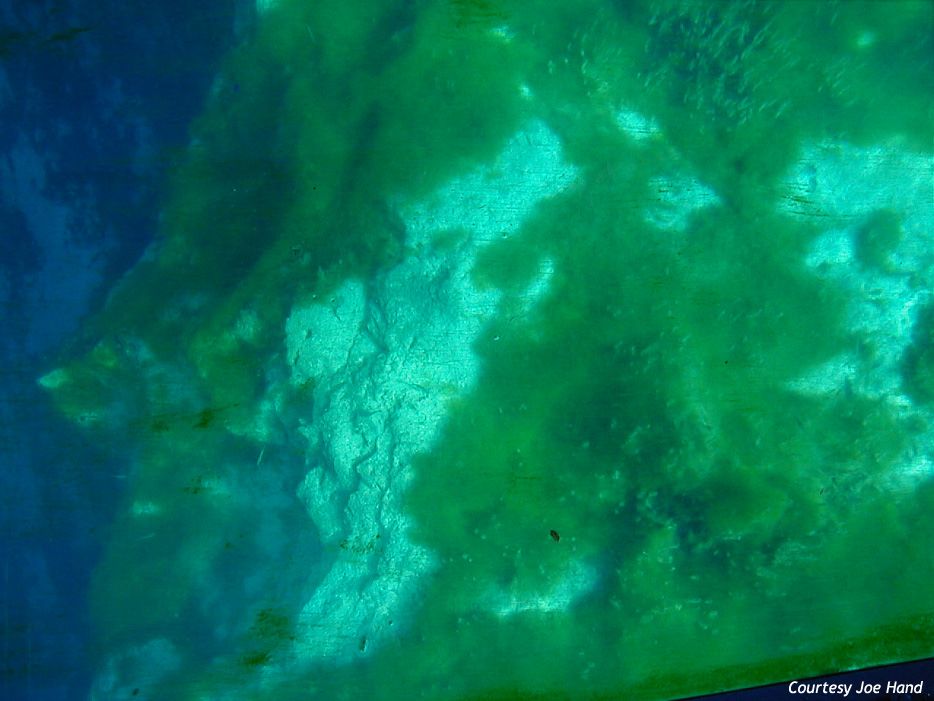
Comparative photos several decades apart of the same site, Wakulla Springs, Florida
It was obvious that aquatic sites were changing over time, but nobody was really noticing during that change and the 'Baseline' for what was 'pristine' for a site, was shifting.
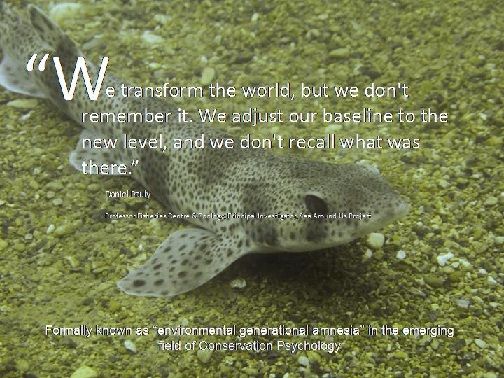
This phenominon of 'Environmental Generational Amnesia' is the sole basis of Project Baseline.
How does Project Baseline work?
GUE encourages and supports community members who are vested in the long term oversight of local aquatic environments. Volunteers record and catalogue observations of these places into a widely accessible database. It is their vision that through extensive, long term documentation of these areas, the scientific and non scientific community will listen to the story of water that is being influenced and told by generation after generation.
The Vision
[size=12pt]To realize exhaustive documentation of aquatic areas all over the world, allowing future generations of people to know the state of water through time.
Our Mission
[size=12pt]Project Baseline empowers passionate citizens to observe and record change within the world?s aquatic environments in a way that fosters public awareness and supports any political action required.
(Do not be afraid of 'political action'.....it was written by an American... :
[size=14pt]
Statement of Purpose
[size=12pt]Project Baseline empowers passionate citizens to observe and record environmental change within the world?s aquatic environments. This change is measured over time by collecting scientifically relevant observations within a framework that enables contributions from those most invested in their local environment. A long-term record of environmental change is essential in developing public awareness and organizing political action.Goals
[size=12pt]Transform everyday adventures into valuable observational data.
Create a catalogue of long-term environmental conditions in water environments.
Raise public awareness about current water conditions and influence public policy surrounding water all over the world.
Anybody can query the data via the Project Baseline website here: http://www.projectbaseline.org/database/
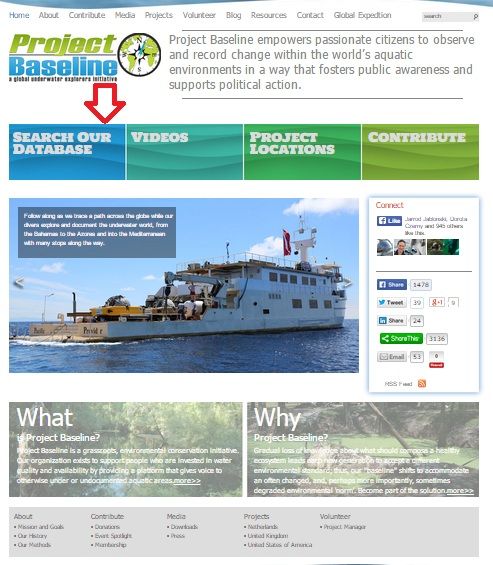
About Project Baseline South Wales Caves
Project Baseline South Wales encompasses two caves in the Brecon Beacons area of South Wales, UK.
Both caves are popular with novice cavers and host good cave diving, leading to further dry cave passage beyond sumps.
Porth yr Ogof (PYO) and Little Neath River Cave (LNRC) are well known to be homes to albino trout and these are often spotted by divers in the sumps at various stages of colour transition.
Myself (Christine Grosart) and Dr Richard Walker are both members of GUE and the Cave Diving Group. We set up our Project Baseline South Wales in 2010, with our first data recordings in 2011
Project Baseline is structured by:
- Project Area
- Sites
- Stations
Project Area
[size=12pt]The project area is the region which covers the project sites. In this instance, it is the Brecon Beacons or more specifically, the Fforest Fawr area containing the rivers Mellte and Nedd Fechan.
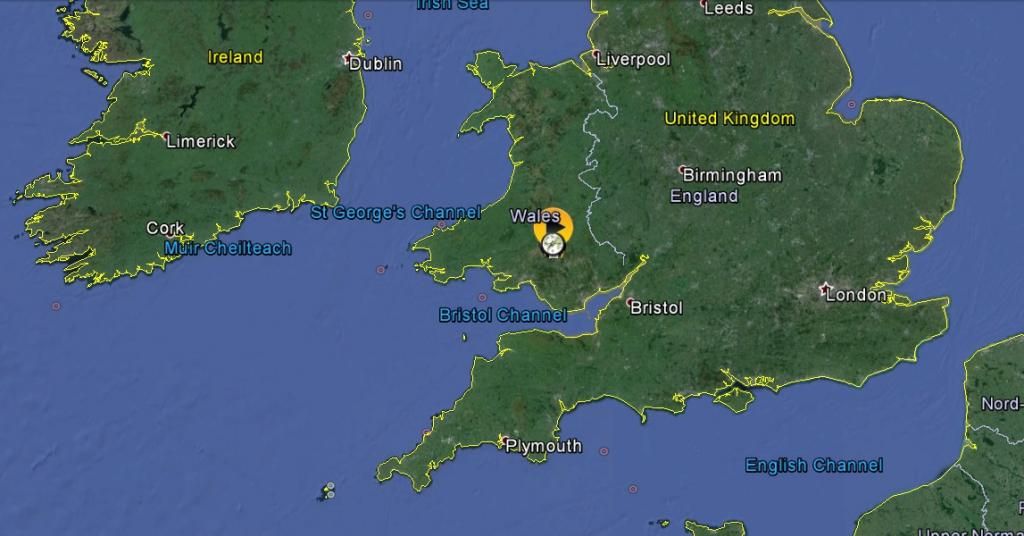
Global Location of Project Area
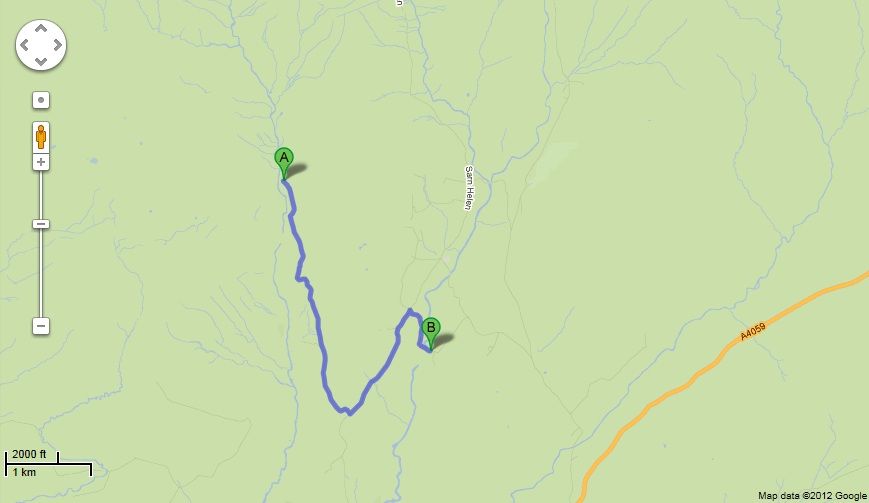
Map showing Project Baseline Sites - A Little Neath River Cave and B Porth yr Ogof
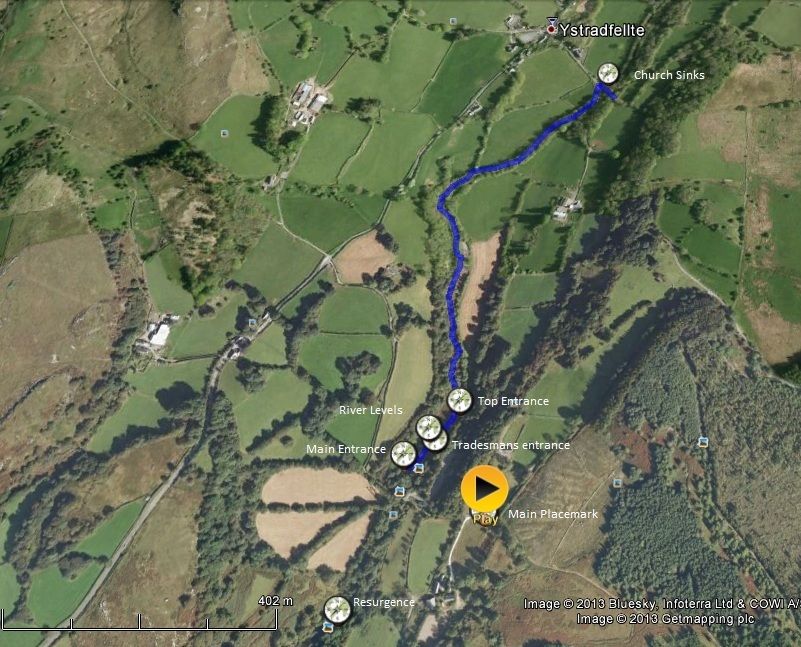
Google Earth aerial showing location of observation Stations at Porth yr Ogof
The structure of Project Baseline South Wales Caves:
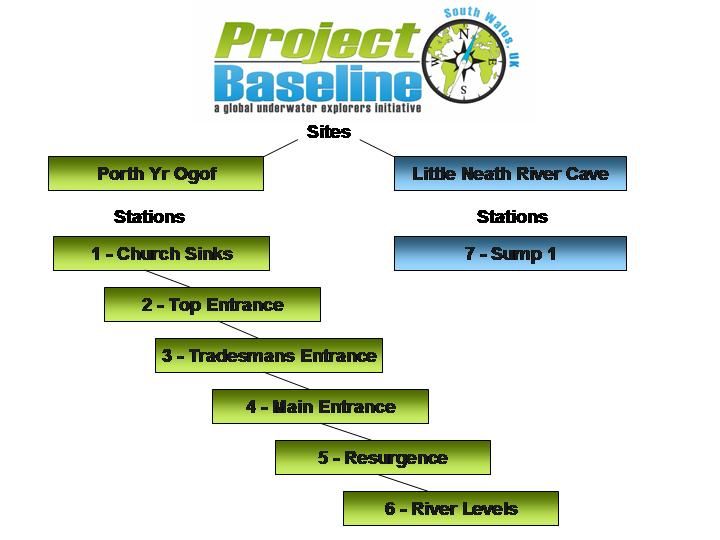
What to do
Divers AND cavers can get involved with Project Baseline.
All we specify is that cave divers have suitable training for a fully overhead environment. Cavern training alone is not sufficient for the Diving station.
The following Data needs to be gathered at EACH STATION (where possible).
If you are unable to visit ALL of the stations in one trip, it does not matter.
Photograph at a FIXED Station

It is imperative that, attached to the photograph are:
- Site name
- Station name
- Station Lat/Long (ignore as this has already been done for you)
- Date of image capture
- Time of image capture
- Station depth (underwater only)
- Station Vizibility (Underwater only - see Vizibility measurement in the next section)
- Image credit
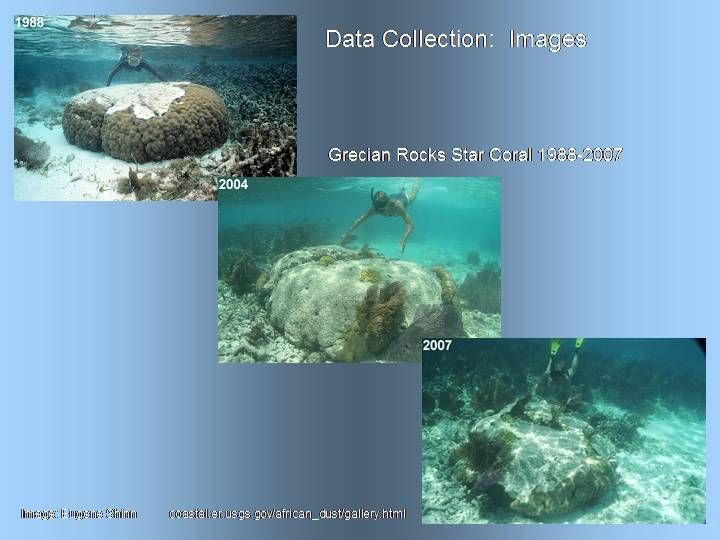
Photos are sometimes all the evidence you need...
UNDERWATER DATA COLLECTION
Station 3 (Tradesmans Entrance/Divers entrance) is the ONLY underwater Station in Project Baseline South Wales.
To take observations here, a secci disc will be installed at or near Cwmbran underwater junction.
This WILL NOT interfere with the passage or instruction of any other divers and should be left in situ. As with all scientific equipment, it should not be tampered with.
Conditions prevailing, this should be installed by Christmas.
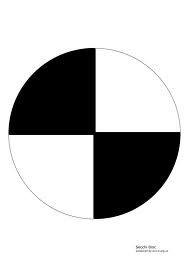
[size=8pt]Secci disc
Vizibility measurements should be made using the secci disc. Diving upstream, the diver should shine their torch ahead (hand held torches improve vizibility by up to 5 metres and should be used where possible) and stop when the secci disc becomes visible.
On the line will be some tags one metre apart. I will update the exact style of these tags so that they cannot be confused for anything else.
Vizibility should be measured by the number of tags between where the secci disc comes into view and the disc itself.
The underwater photograph should be of the cave surrounding Cwmbran Junction, facing upstream, with the junction in the shot. Do not dive past the junction before you take the photo as this will disturb the vizibility and make the data worthless.
There are various issues with the consistency of the quality of photographs underwater, as this slide shows:
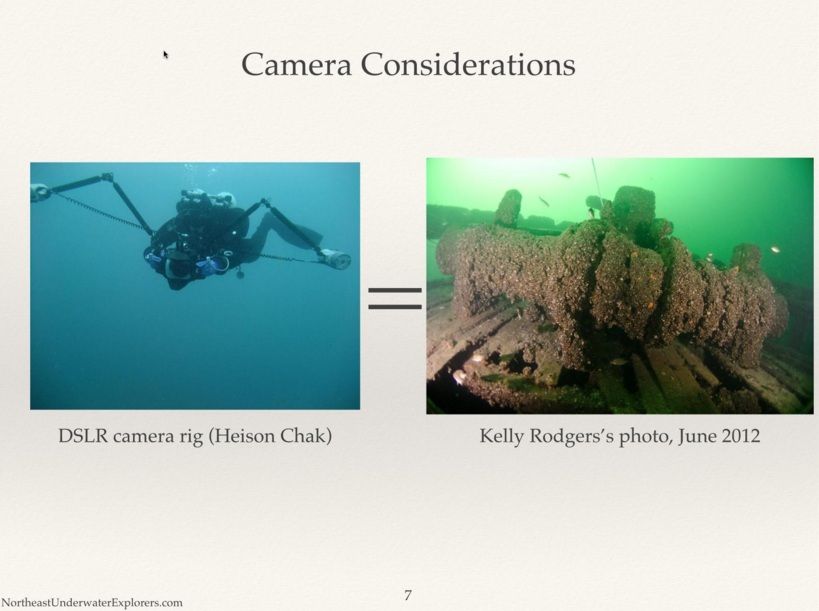
This is the same piece of wreckage, with various lighting techniques
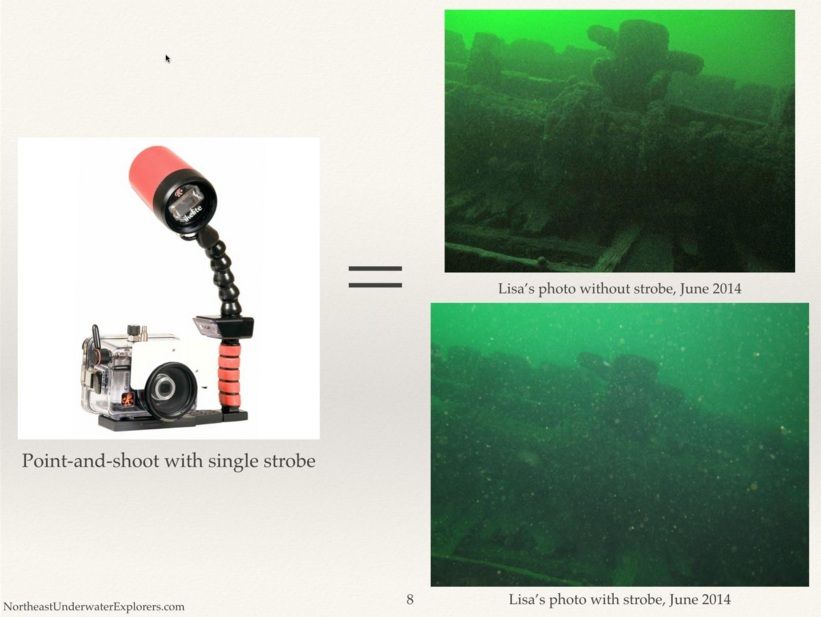
To be as consistent as possible, please turn helmet lights off if possible and use a static torch on the camera arms or on your wrist. Try and get as much 'spread' as possible and use wide angle where possible. The purpose is to show the passage in the area of Cwmbran junction, including any litter or trout in the vicinity (please do not import them into the photograph - you can document them later!)
[/size]
Before you dive, visit the data collection page and make a note of other data you can record:
http://projectbaselinewales.blogspot.co.uk/p/data-form.html
You can take data recordings such as:
- Water temperature
- Water levels (measure distance between water level and the top of the black 'step - or ledge' on the right as you enter Tradesmans
- Number of trout or other animals in the sump
- Fauna and flora outside the Tradesmans entrance
- Flow (High, medium, low)
On our next visit, we will be leaving some data sheets in the tourist office at PYO car park for divers to use and as a reminder of what data to collect.
Meanwhile, you can download a sheet for divers here: https://drive.google.com/file/d/0BziDWmDikZ1GQ2ZPdUJ4UndSQWc/view?usp=sharing
ALL OTHER STATIONS
[size=12pt]That's where the cavers come in! Or the walkers..or anyone who likes to visit Porth yr Ogof and Little Neath River Cave.
The data collection remains the same. The photograph is imperative. Our Project Baseline South Wales Caves website has specific instructions of where to take your photo and what other measurements you can take.
I will shortly upload data sheets for cavers or anyone visiting the area who would like to take surface observations.
To find out more about Project Baseline South Wales, visit our site: http://projectbaselinewales.blogspot.co.uk/p/test-page.html
For a less intense picture of Project Baseline South Wales, take a look at our video:
http://youtu.be/xuoUOB5pjMo
Date for your diaries: On Saturday 25th October I will be giving a talk on project Baseline at Harbour Lights, Portland Marina, Dorset 18:00-19:00.
This is in conjunction with another Project Baseline, the Portland Harbour Wreck Project.
All are welcome to come along and have a beer
I hope you have found this post interesting and that, if you are able, you will support the project and it's long term goals to monitor and conserve the aquatic environment.
FAO Mods....
*I'm not sure where this should go - under conservation or cave science - but I'm happy for it to be moved as the Mods see fit and also, please could I request that this thread, as an ongoing project, could be considered as a sticky or something so it doesn't keep getting buried? Once sorted, this last text paragraph can be deleted. Thanks, Chris.*



